Upcoming Launches
Launches that are scheduled to occur in the future

Falcon 9 Block 5 | Starlink Group 11-25
December 4, 2025 at 20:42 UTC
Space Launch Complex 4E, Vandenberg SFB, CA, USA
Communications
A batch of 28 satellites for the Starlink mega-constellation - SpaceX's project for space-based Internet communication system.
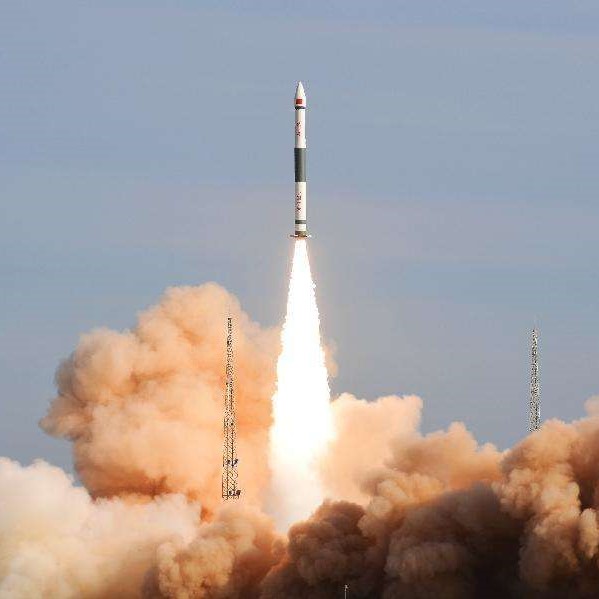
Kuaizhou-1A | Unknown Payload
December 5, 2025 at 9:00 UTC
Launch Area 95A, Jiuquan Satellite Launch Center, People's Republic of China
Unknown
Details TBD.
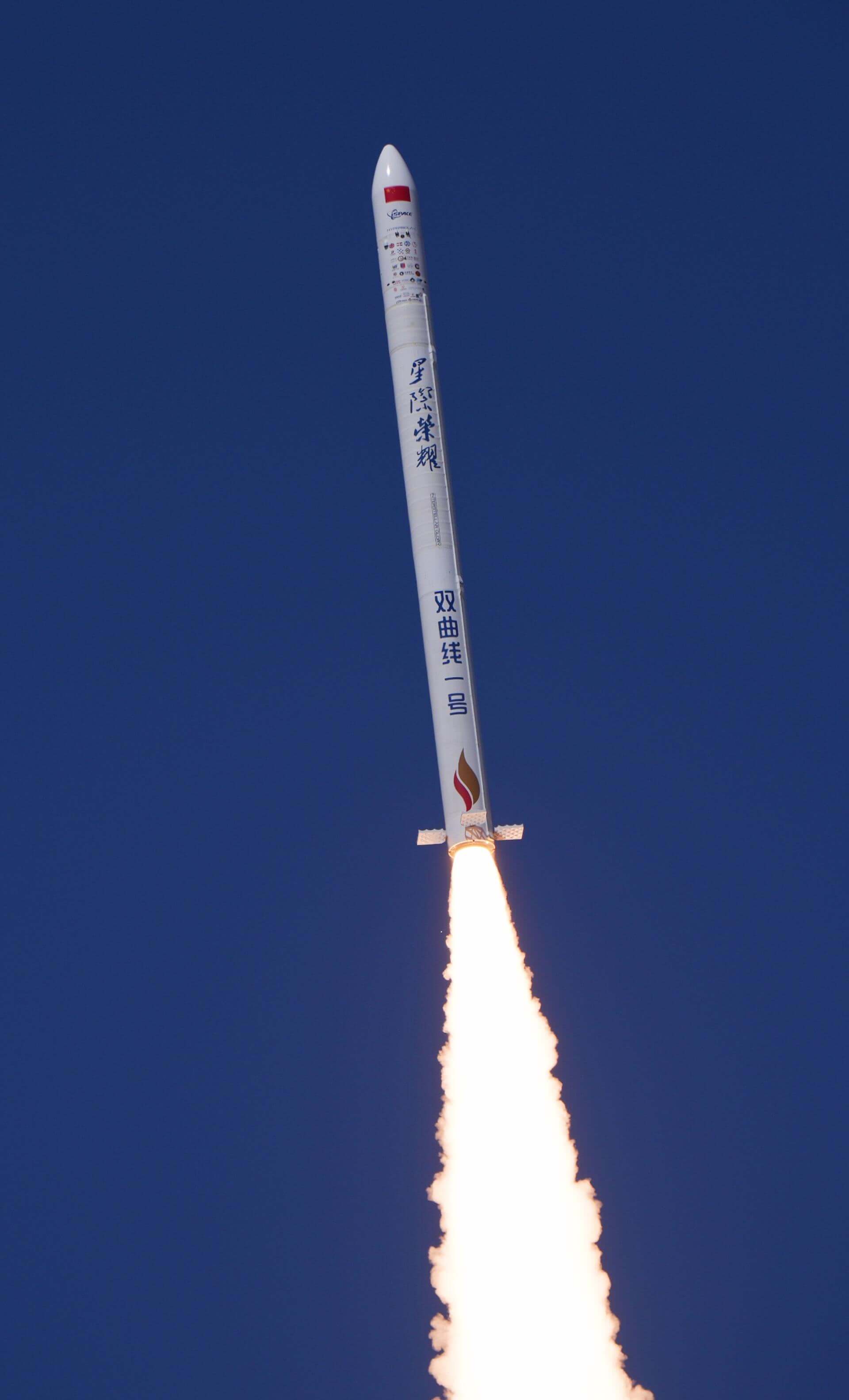
Hyperbola-1 | Unknown Payload
December 6, 2025 at 4:00 UTC
Launch Area 95A, Jiuquan Satellite Launch Center, People's Republic of China
Unknown
Details TBD.
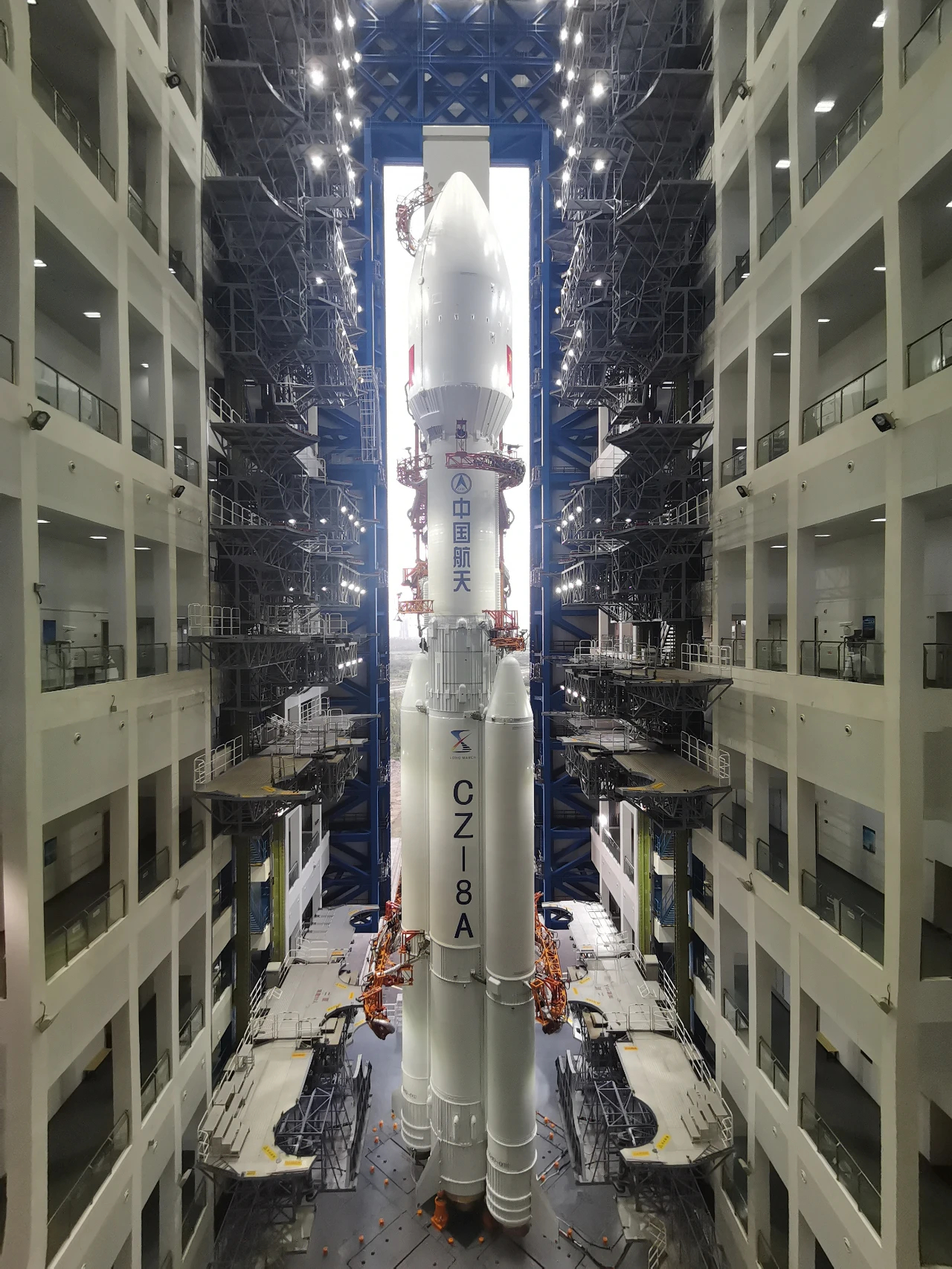
Long March 8A | Unknown Payload
December 6, 2025 at 7:50 UTC
Commercial LC-1, Wenchang Space Launch Site, People's Republic of China
Unknown
Details TBD.
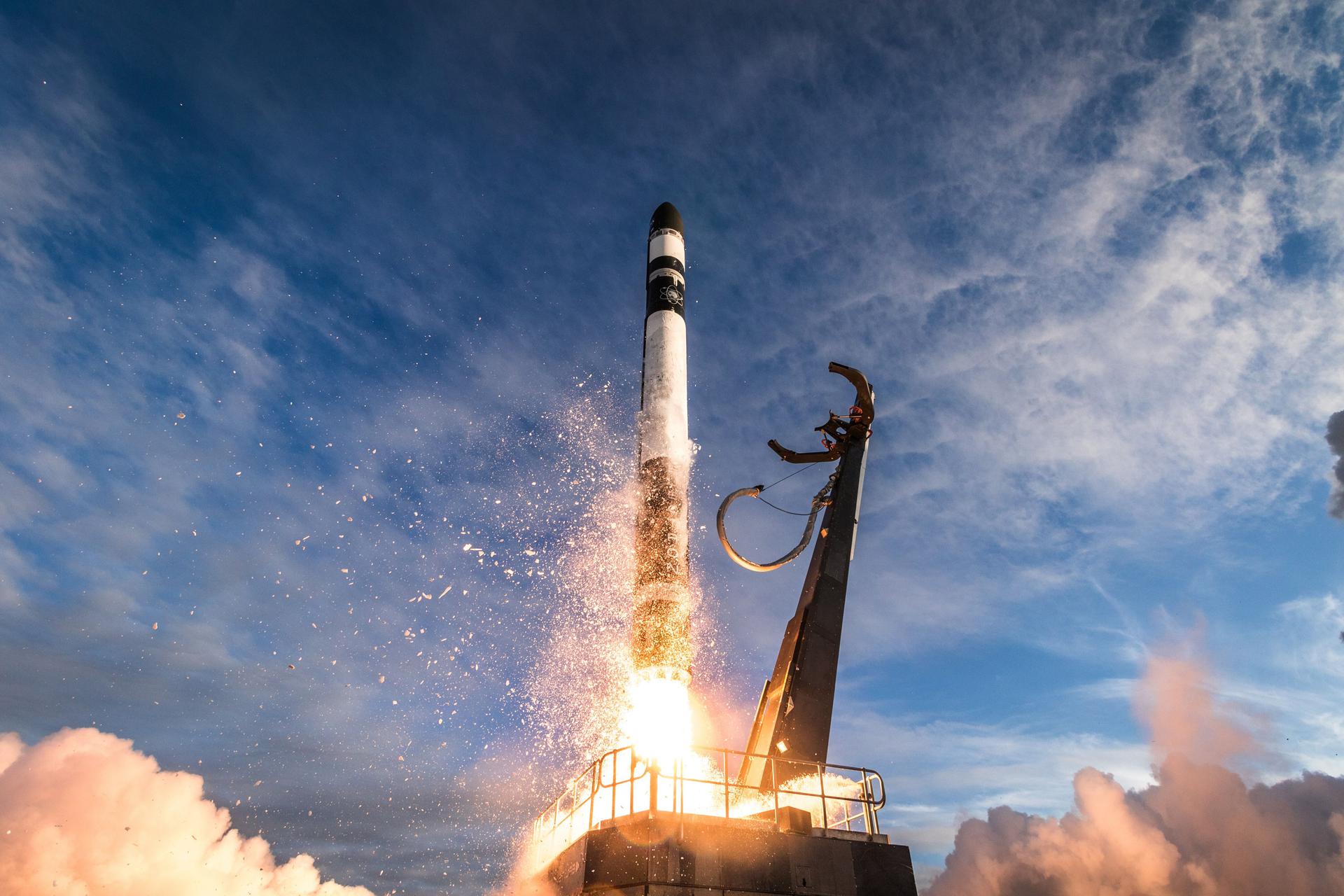
Electron | Raise and Shine (RAISE-4)
December 7, 2025 at 3:00 UTC
Rocket Lab Launch Complex 1B, Rocket Lab Launch Complex 1, Mahia Peninsula, New Zealand
Technology
RAISE-4 (RApid Innovative payload demonstration Satellite-4) is a Japan Aerospace Exploration Agency (JAXA) satellite for on-orbit demonstrations of 15 demonstration components and equipment selected by public solicitation. The satellite will be operated in response to requests from the demonstration theme proposers, and will provide experimental data of the demonstration devices and environmental data during the experiments. 6 of the demonstration payload, as well as as well as 4 cubesats originally planned to ride on the same launch vehicle, are re-flight of those planned for RAISE-3, which failed to reach orbit in October 2022. The launch vehicle was switched from Epsilon-S to Rocket Lab's Electron due to continuous testing problems with the Epsilon-S' 2nd stage motor. The original 8 hitch-hiking cubesats will be launched on another Electron rocket later.

Falcon 9 Block 5 | Starlink Group 11-15
December 7, 2025 at 16:13 UTC
Space Launch Complex 4E, Vandenberg SFB, CA, USA
Communications
A batch of 28 satellites for the Starlink mega-constellation - SpaceX's project for space-based Internet communication system.

Falcon 9 Block 5 | Starlink Group 6-92
December 7, 2025 at 21:40 UTC
Launch Complex 39A, Kennedy Space Center, FL, USA
Communications
A batch of 29 satellites for the Starlink mega-constellation - SpaceX's project for space-based Internet communication system.
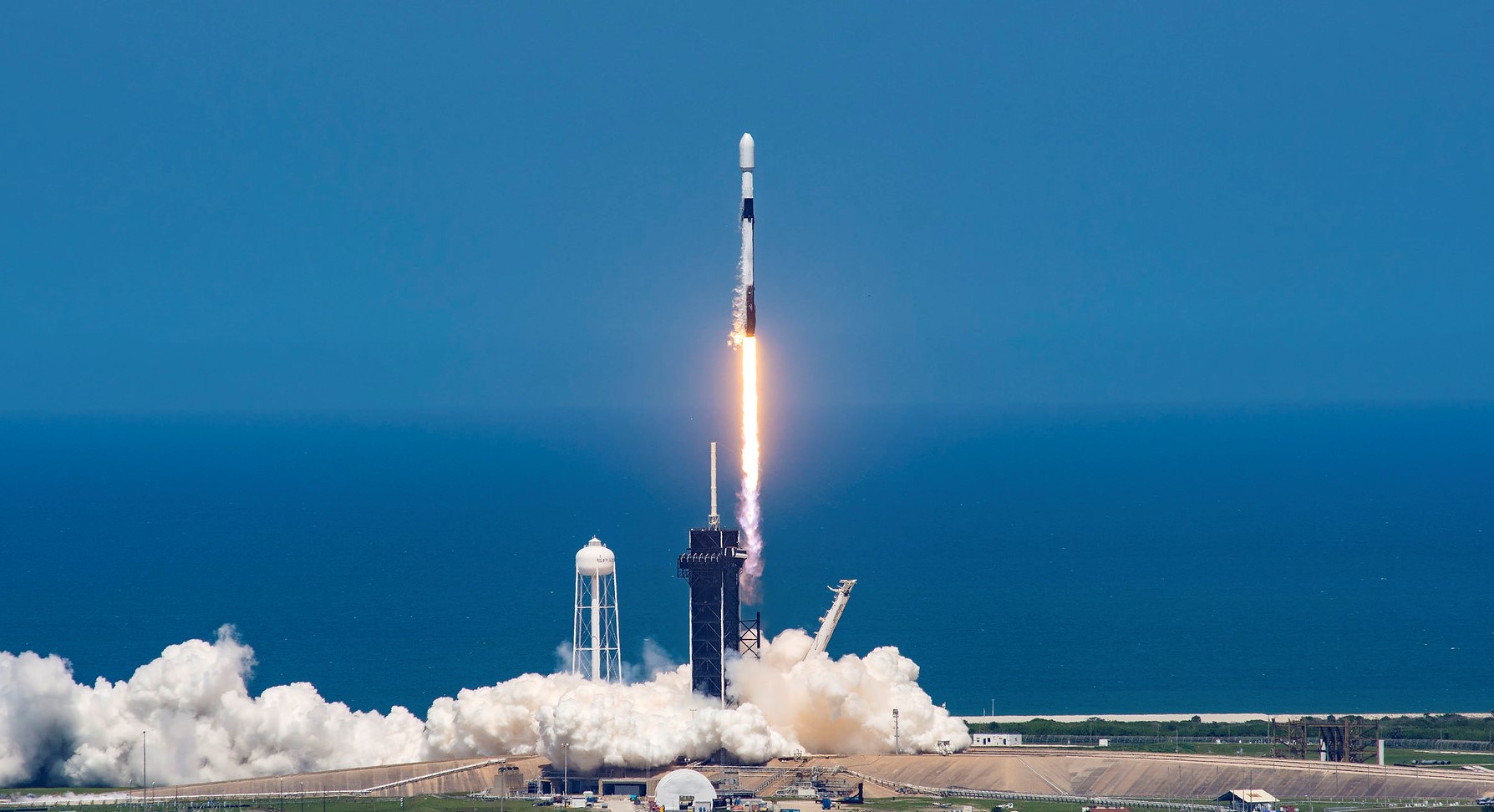
Falcon 9 Block 5 | NROL-77
December 9, 2025 at 19:16 UTC
Space Launch Complex 40, Cape Canaveral SFS, FL, USA
Government/Top Secret
Classified payload for the US National Reconnaissance Office.

Falcon 9 Block 5 | Starlink Group 15-11
December 10, 2025 at 8:54 UTC
Space Launch Complex 4E, Vandenberg SFB, CA, USA
Communications
A batch of 27 satellites for the Starlink mega-constellation - SpaceX's project for space-based Internet communication system.
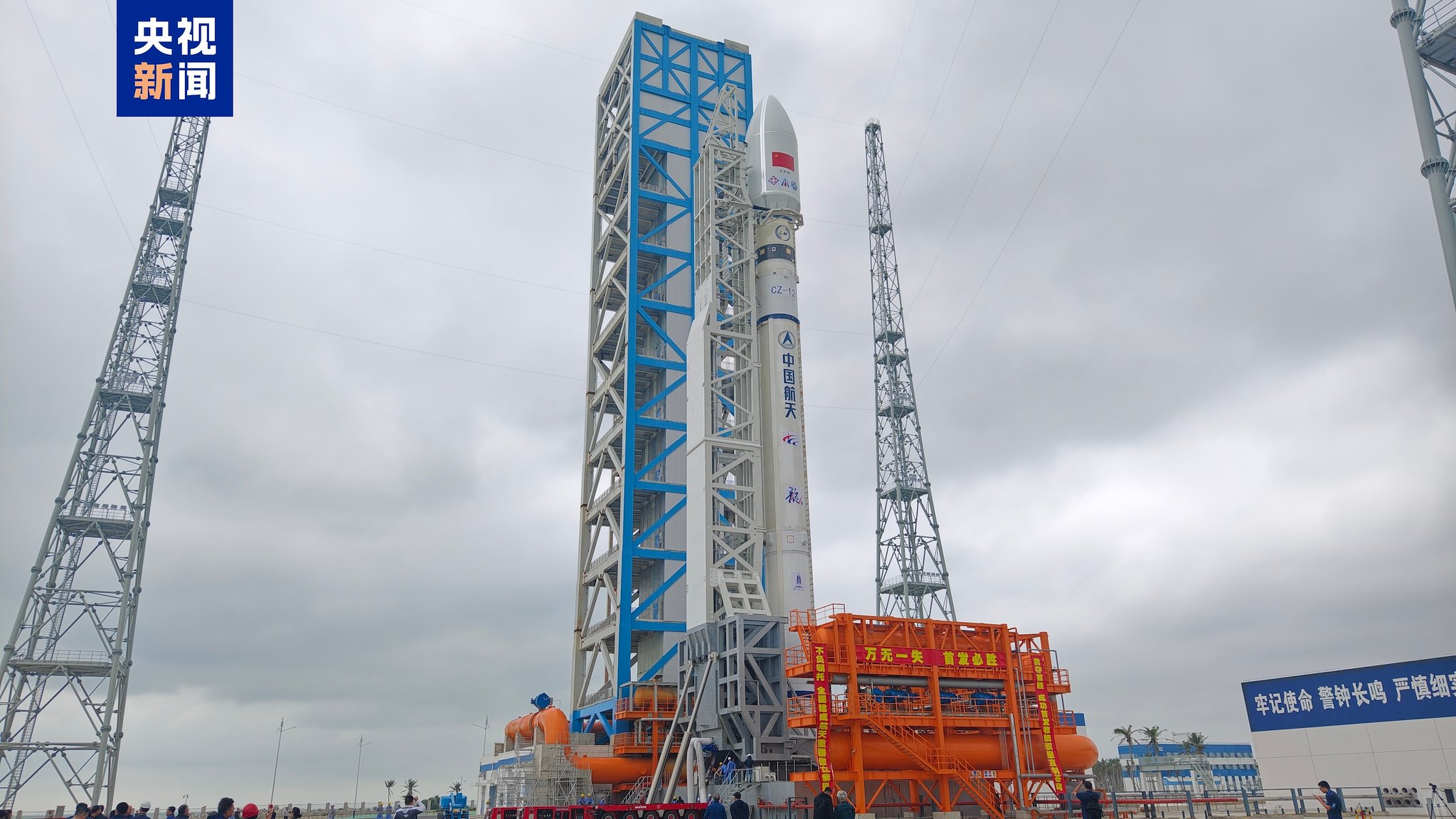
Long March 12 | Unknown Payload
December 11, 2025 at 23:00 UTC
Commercial LC-2, Wenchang Space Launch Site, People's Republic of China
Unknown
Details TBD.
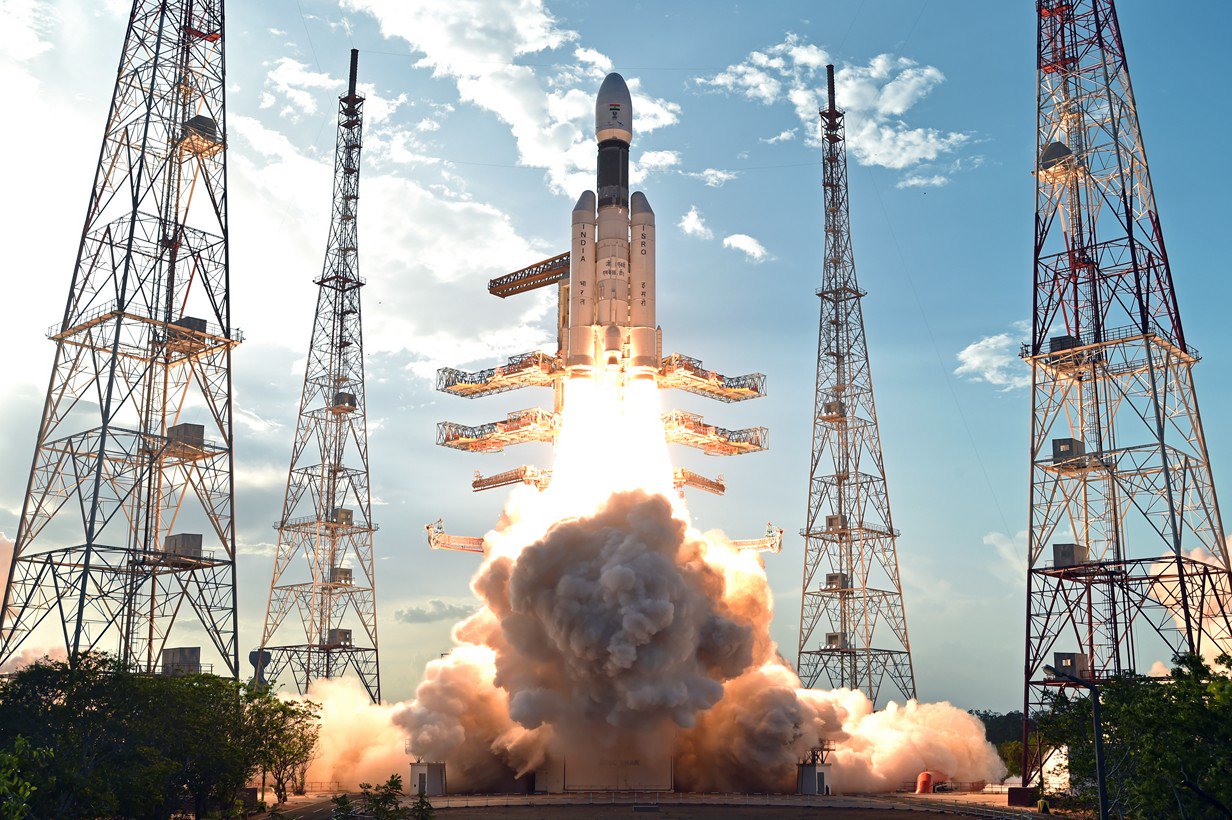
LVM-3 | BlueBird Block 2 #1
December 15, 2025 at 6:10 UTC
Satish Dhawan Space Centre Second Launch Pad, Satish Dhawan Space Centre, India
Communications
AST SpaceMobile’s Block 2 BlueBird satellites are designed to deliver up to 10 times the bandwidth capacity of the BlueBird Block 1 satellites, required to achieve 24/7 continuous cellular broadband service coverage in the United States, with beams designed to support a capacity of up to 40 MHz, enabling peak data transmission speeds up to 120 Mbps, supporting voice, full data and video applications. The Block 2 BlueBirds, featuring as large as 2400 square foot communications arrays, will be the largest satellites ever commercially deployed in Low Earth orbit once launched. This launch will feature a single satellite.
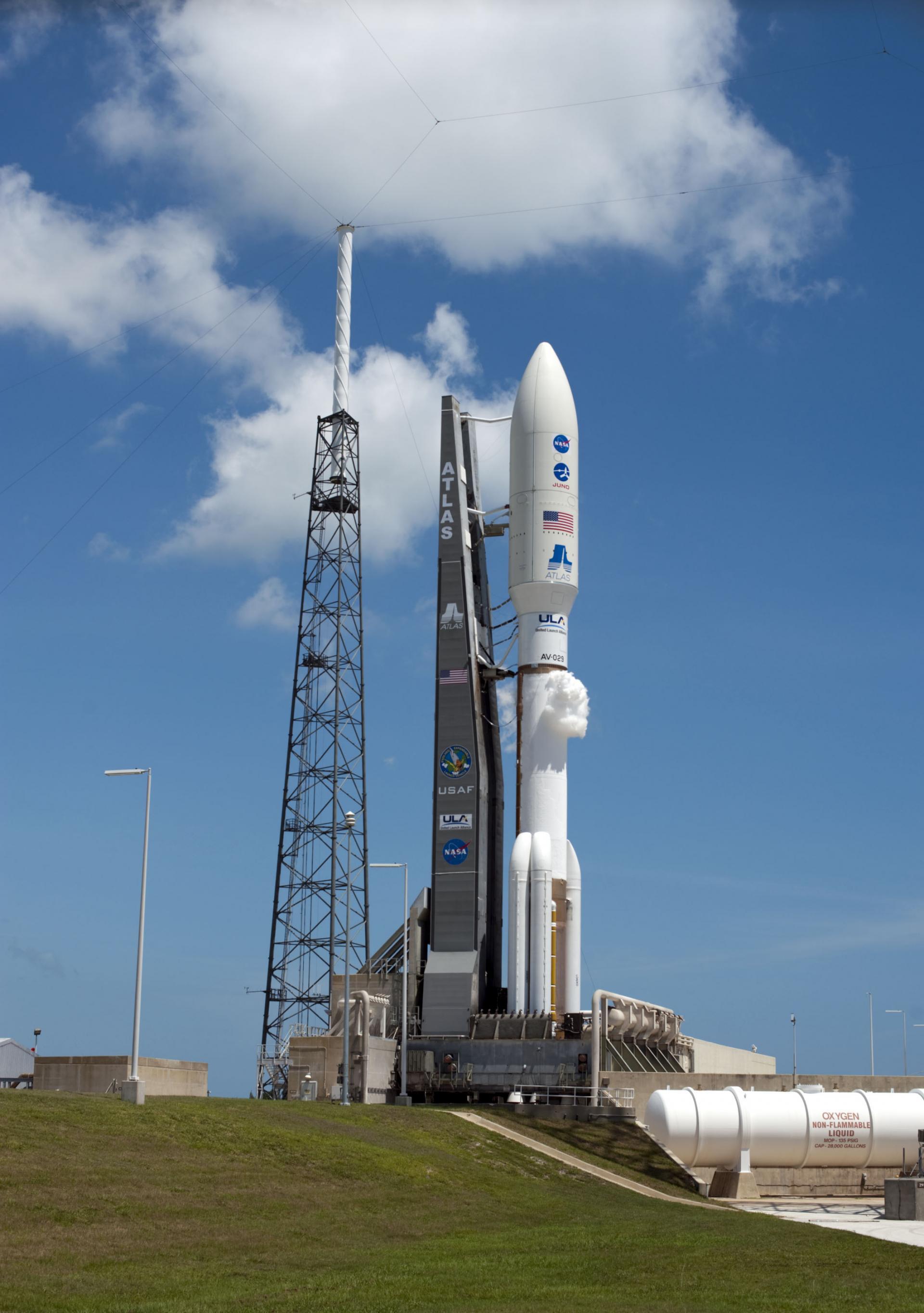
Atlas V 551 | Amazon Leo (LA-04)
December 15, 2025 at 8:35 UTC
Space Launch Complex 41, Cape Canaveral SFS, FL, USA
Communications
Amazon Leo, formerly known as Project Kuiper, is a mega constellation of satellites in Low Earth Orbit that will offer broadband internet access, this constellation will be managed by Kuiper Systems LLC, a subsidiary of Amazon. This constellation is planned to be composed of 3,276 satellites. The satellites are projected to be placed in 98 orbital planes in three orbital layers, one at 590 km, 610 km and 630 km altitude.
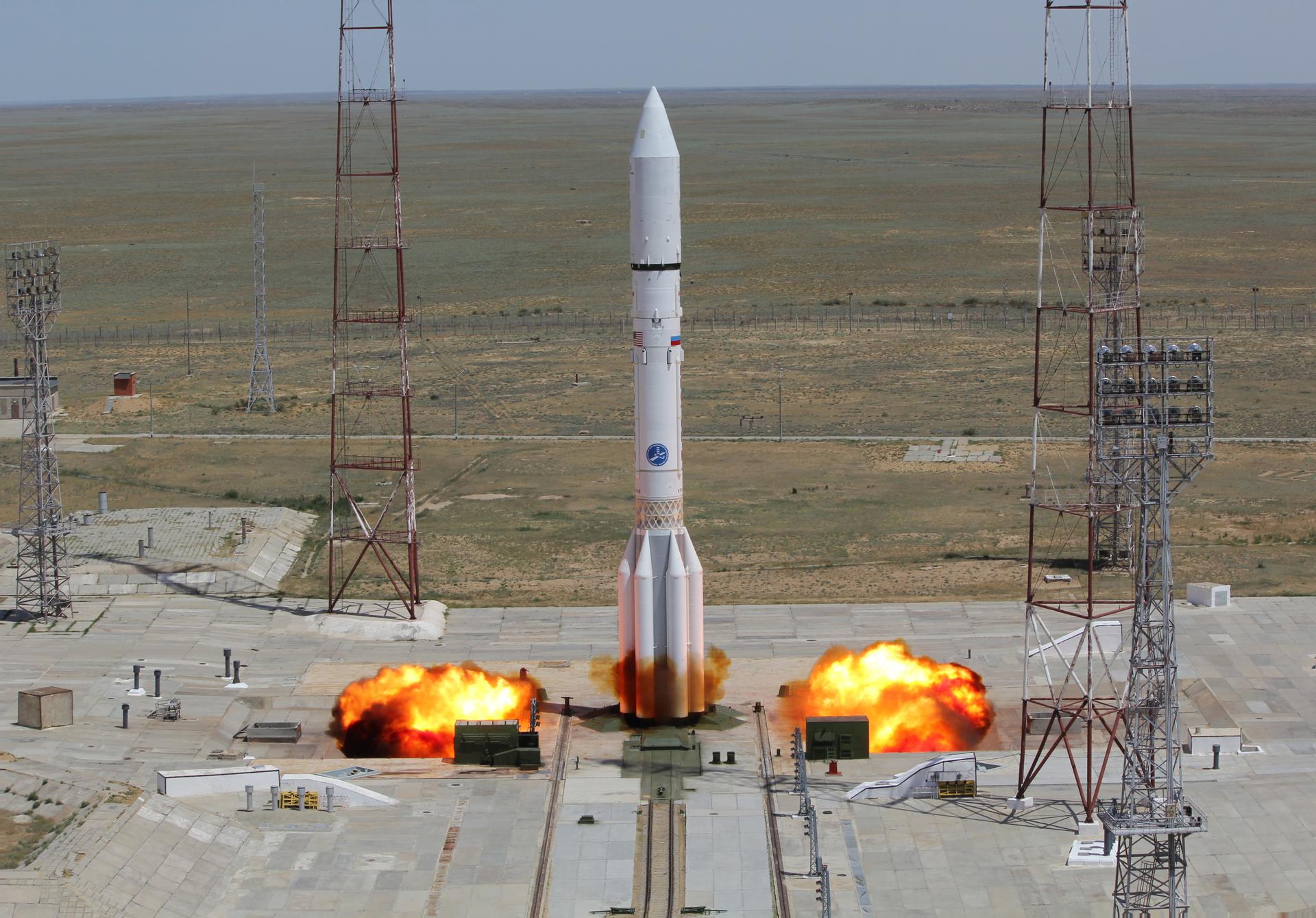
Proton-M/Blok DM-03 | Elektro-L No.5
December 15, 2025 at 11:52 UTC
81/24 (81P), Baikonur Cosmodrome, Republic of Kazakhstan
Earth Science
Elektro-L is a series of meteorological satellites developed for the Russian Federal Space Agency by NPO Lavochkin. They are designed to capture real-time images of clouds and the Earth's underlying surface, heliogeophysical measurements, collection and translating hydrometeorological and service data.
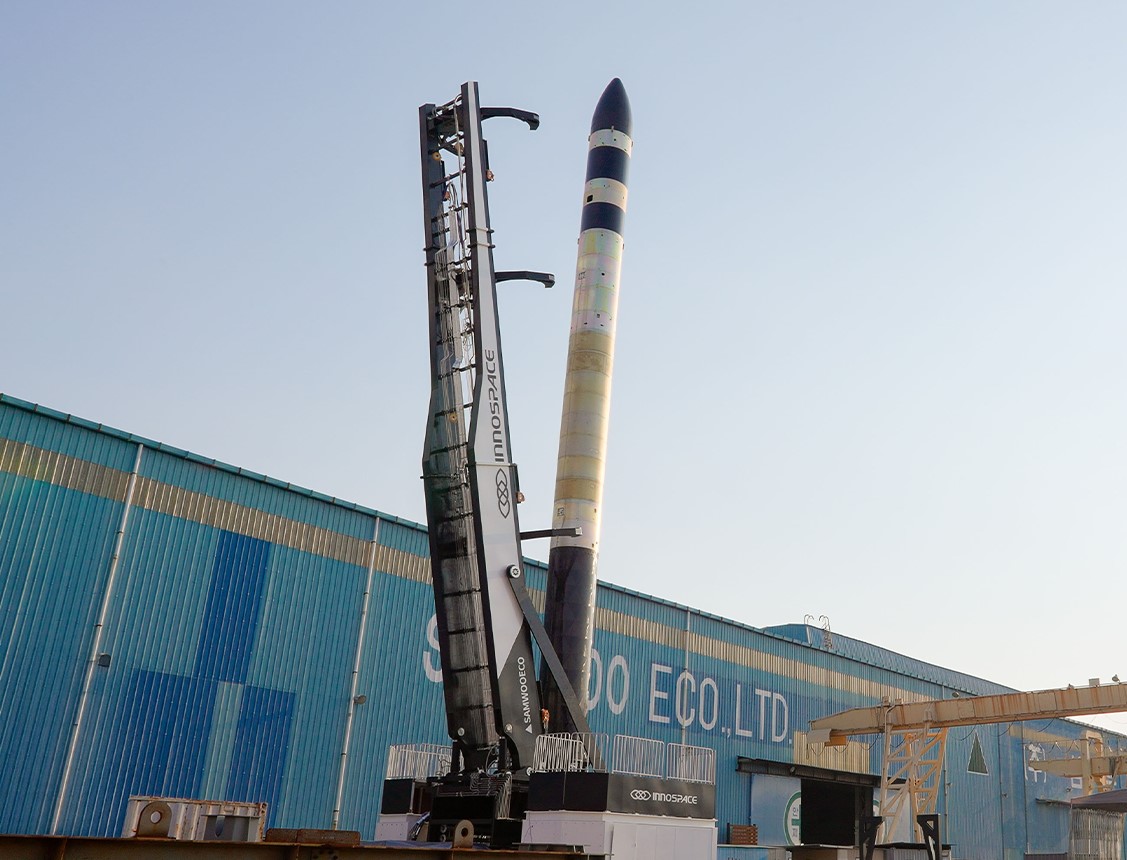
HANBIT-Nano | Spaceward
December 17, 2025 at 0:00 UTC
HANBIT Pad, Alcântara Space Center, Federative Republic of Brazil
Test Flight
Maiden orbital launch attempt for the South Korean stratup Innospace and its HANBIT-Nano small launch vehicle. Onboard this flight are five small satellites from the Brazilian space agency AEB, Brazilian university Universidade Federal do Maranhão and Indian startup Grahaa Space, as well as three payloads from AEB and Brazilian company Castro Leite Consultoria that will remain attached to the rocket, and an empty aluminium can from the South Korean beverage company Brewguru.

Ariane 62 | Galileo L14 (FOC FM33 & FM34)
December 17, 2025 at 5:01 UTC
Ariane Launch Area 4, Guiana Space Centre, French Guiana
Navigation
Payload consists of two satellites for Europe's Galileo navigation system.

Soyuz-5 | Demo Flight
December 20, 2025 at 0:00 UTC
45/1, Baikonur Cosmodrome, Republic of Kazakhstan
Test Flight
Demonstration Flight for Russia's new Soyuz-5 launch vehicle. Details TBD.
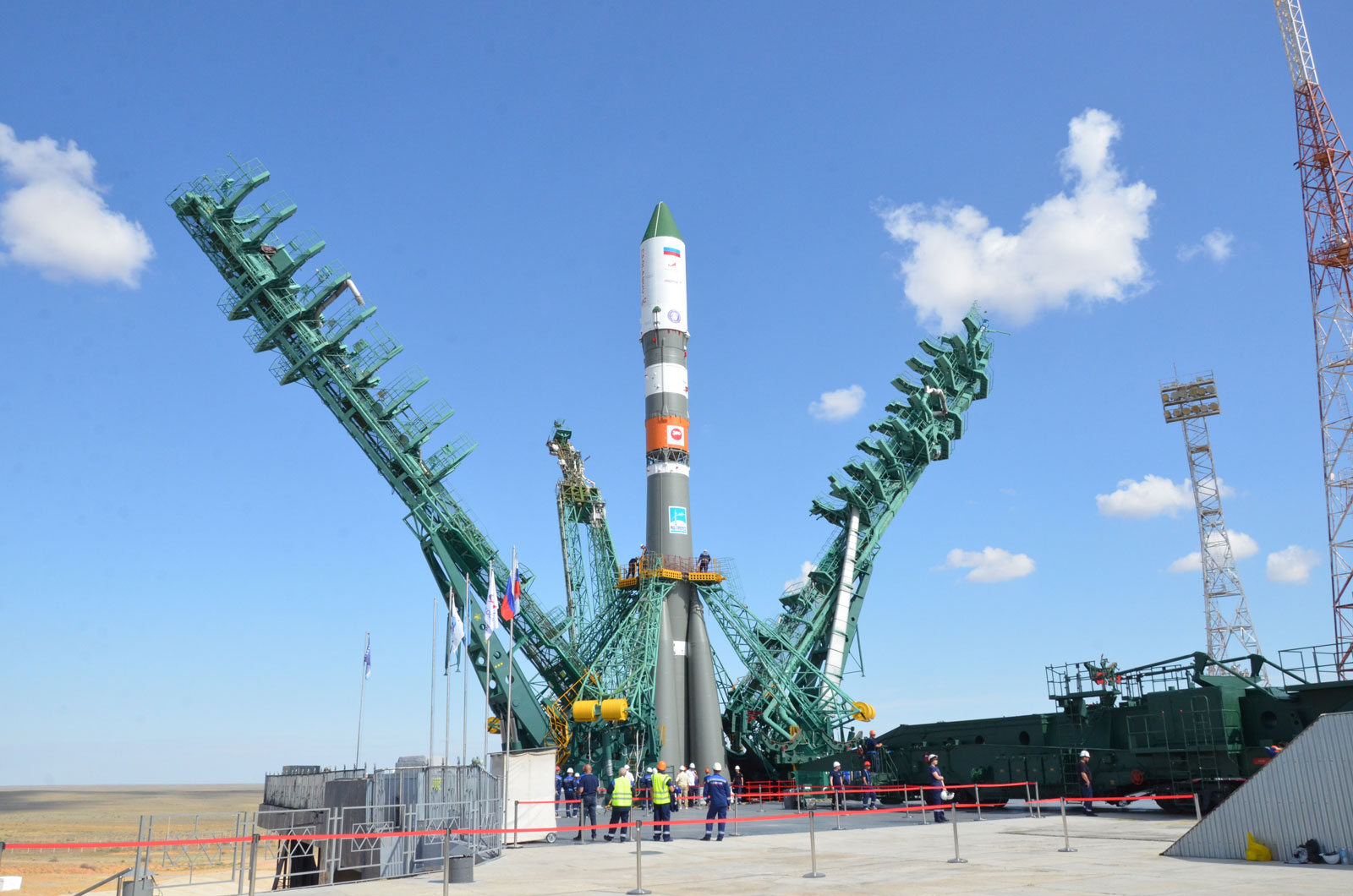
Soyuz 2.1a | Progress MS-33 (94P)
December 21, 2025 at 0:55 UTC
31/6, Baikonur Cosmodrome, Republic of Kazakhstan
Resupply
Progress resupply mission to the International Space Station.

Electron | BlackSky Gen-3 5
December 31, 2025 at 0:00 UTC
Unknown Pad, Rocket Lab Launch Complex 1, Mahia Peninsula, New Zealand
Earth Science
BlackSky Gen-3 Earth-imaging satellites

Falcon 9 Block 5 | USSF-31
December 31, 2025 at 0:00 UTC
Unknown Pad, Cape Canaveral SFS, FL, USA
Government/Top Secret
Classified US Space Force carrying two payloads directly to geostationary orbit.
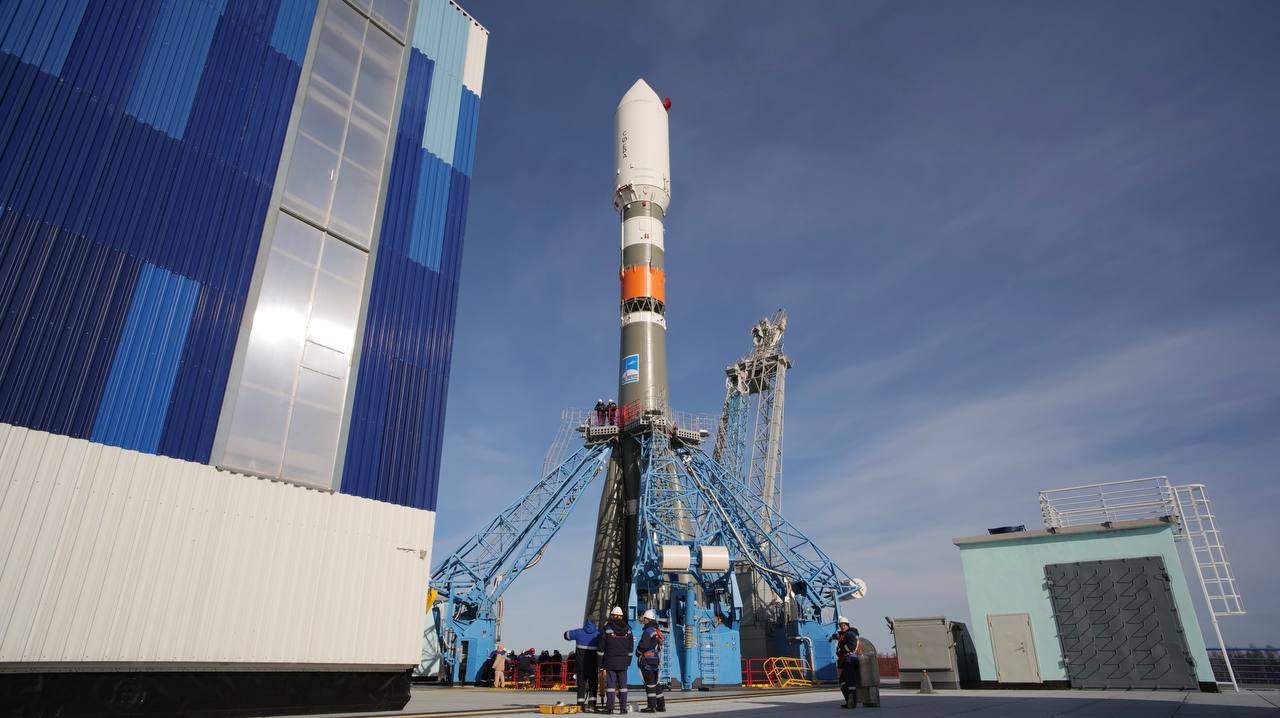
Soyuz 2.1b/Fregat | Glonass-K1 No. 19
December 31, 2025 at 0:00 UTC
Unknown Pad, Plesetsk Cosmodrome, Russian Federation
Navigation
Glonass-K are the third generation of satellite design for GLONASS satellite navigation system. GLONASS is a Russian space-based navigation system comparable to the similar GPS and Galileo systems. This generation improves on accuracy, power consumption and design life. Each satellite is unpressurized and weighs 935 kg, and has an operational lifetime of 10 years.

HASTE | DART AE
December 31, 2025 at 0:00 UTC
Rocket Lab Launch Complex 2 (Launch Area 0 C), Wallops Flight Facility, Virginia, USA
Government/Top Secret
Payload is a scramjet-powered hypersonic vehicle developed by by Australian company Hypersonix.

Electron | NorthStar 3
December 31, 2025 at 0:00 UTC
Unknown Pad, Rocket Lab Launch Complex 1, Mahia Peninsula, New Zealand
Space Situational Awareness
Four space situational awareness (SSA) satellites for Canadian company NorthStar Earth and Space.

HASTE | Leidos-3
December 31, 2025 at 0:00 UTC
Rocket Lab Launch Complex 2 (Launch Area 0 C), Wallops Flight Facility, Virginia, USA
Mission details are not available at this time.
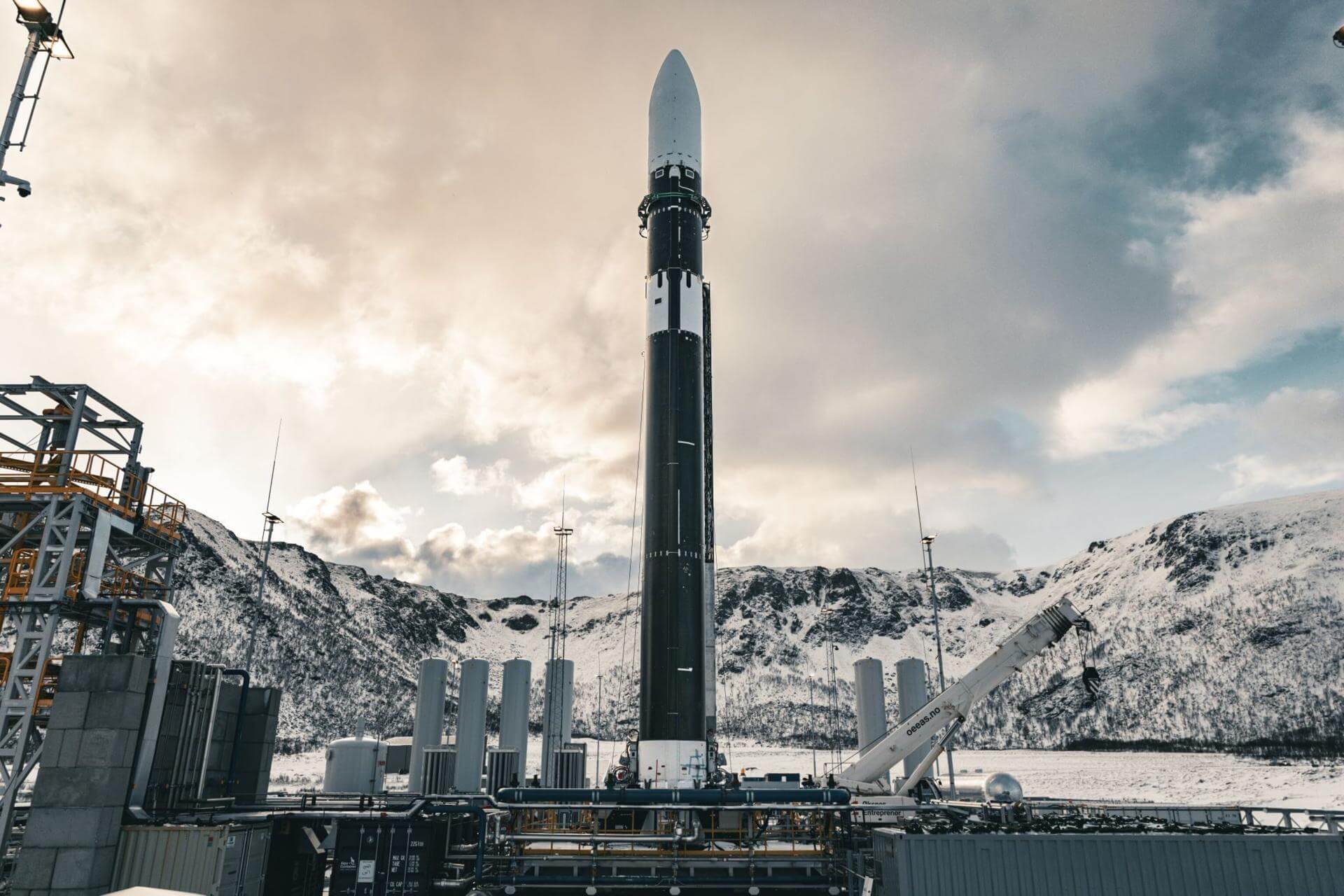
Spectrum | Flight Two
December 31, 2025 at 0:00 UTC
Orbital Launch Pad, Andøya Spaceport
Test Flight
Second test flight of the Isar Spectrum launch vehicle, carrying several cubesats as part of the European Space Agency's “Boost!” program.

Electron | NorthStar 2
December 31, 2025 at 0:00 UTC
Unknown Pad, Rocket Lab Launch Complex 1, Mahia Peninsula, New Zealand
Space Situational Awareness
Four space situational awareness (SSA) satellites for Canadian company NorthStar Earth and Space.
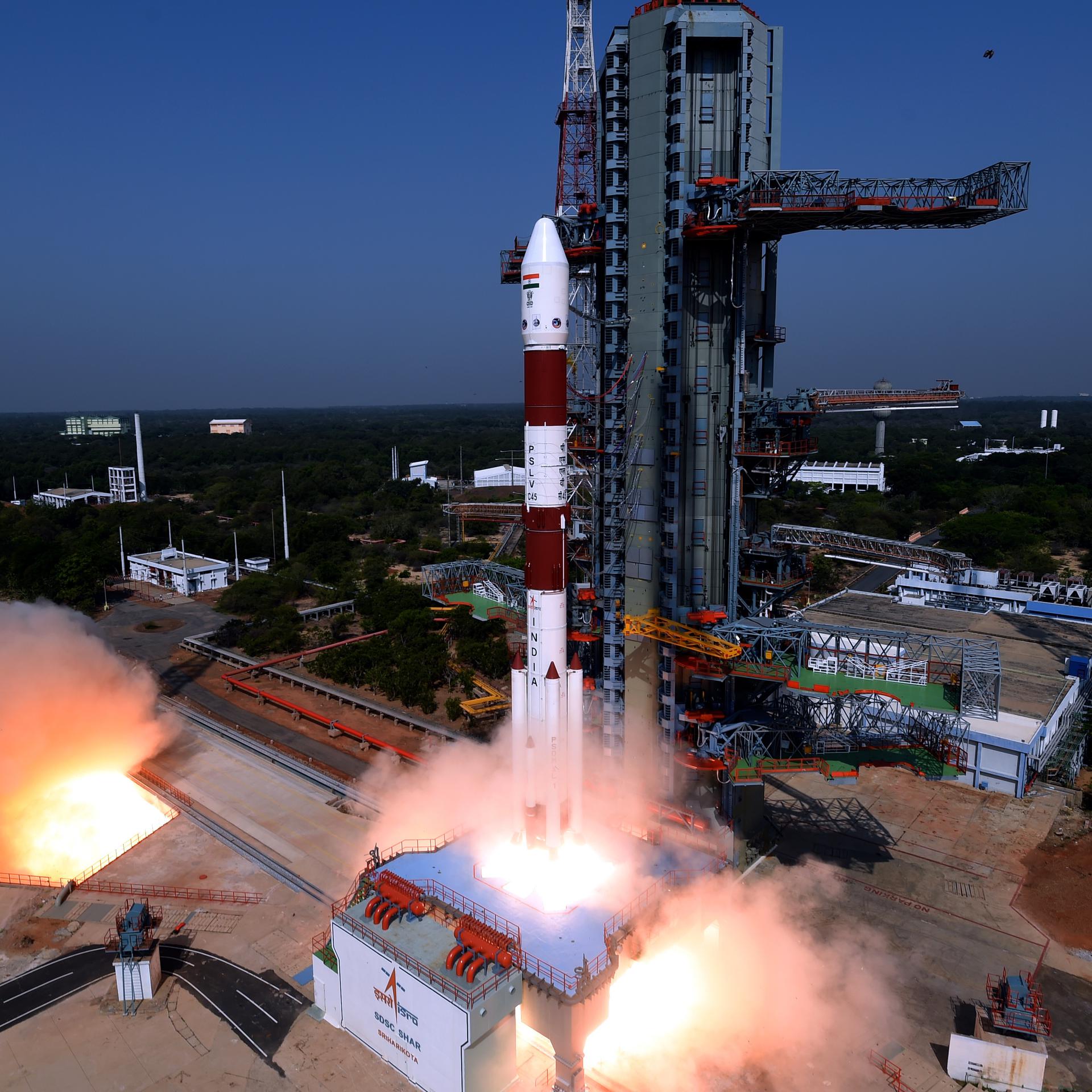
PSLV | EOS-N1 and others
December 31, 2025 at 0:00 UTC
Satish Dhawan Space Centre First Launch Pad, Satish Dhawan Space Centre, India
Earth Science
Small Earth observation satellite from the Indian Space Research Organisation (ISRO), details TBD. This launch will also carry 18 other ride-share payloads.

HASTE | Leidos-5
December 31, 2025 at 0:00 UTC
Rocket Lab Launch Complex 2 (Launch Area 0 C), Wallops Flight Facility, Virginia, USA
Mission details are not available at this time.

Falcon 9 Block 5 | SDA Tranche 1 Transport Layer D
December 31, 2025 at 0:00 UTC
Space Launch Complex 4E, Vandenberg SFB, CA, USA
Government/Top Secret
Tranche 1 Transport Layer D is one of six missions by the United States Space Force Space Development Agency (SDA) for the Proliferated Warfighter Space Architecture (PWSA) Tranche 1 Transport Layer constellation, which will provide assured, resilient, low-latency military data and connectivity worldwide to the full range of warfighter platforms from Low Earth Orbit satellites. The constellation will be interconnected with Optical Inter-Satellite Links (OISLs) which have significantly increased performance over existing radio frequency crosslinks. It is expected to operate over Ka band, have stereo coverage and be dynamically networked for simpler hand-offs, greater bandwidth and fault tolerance.
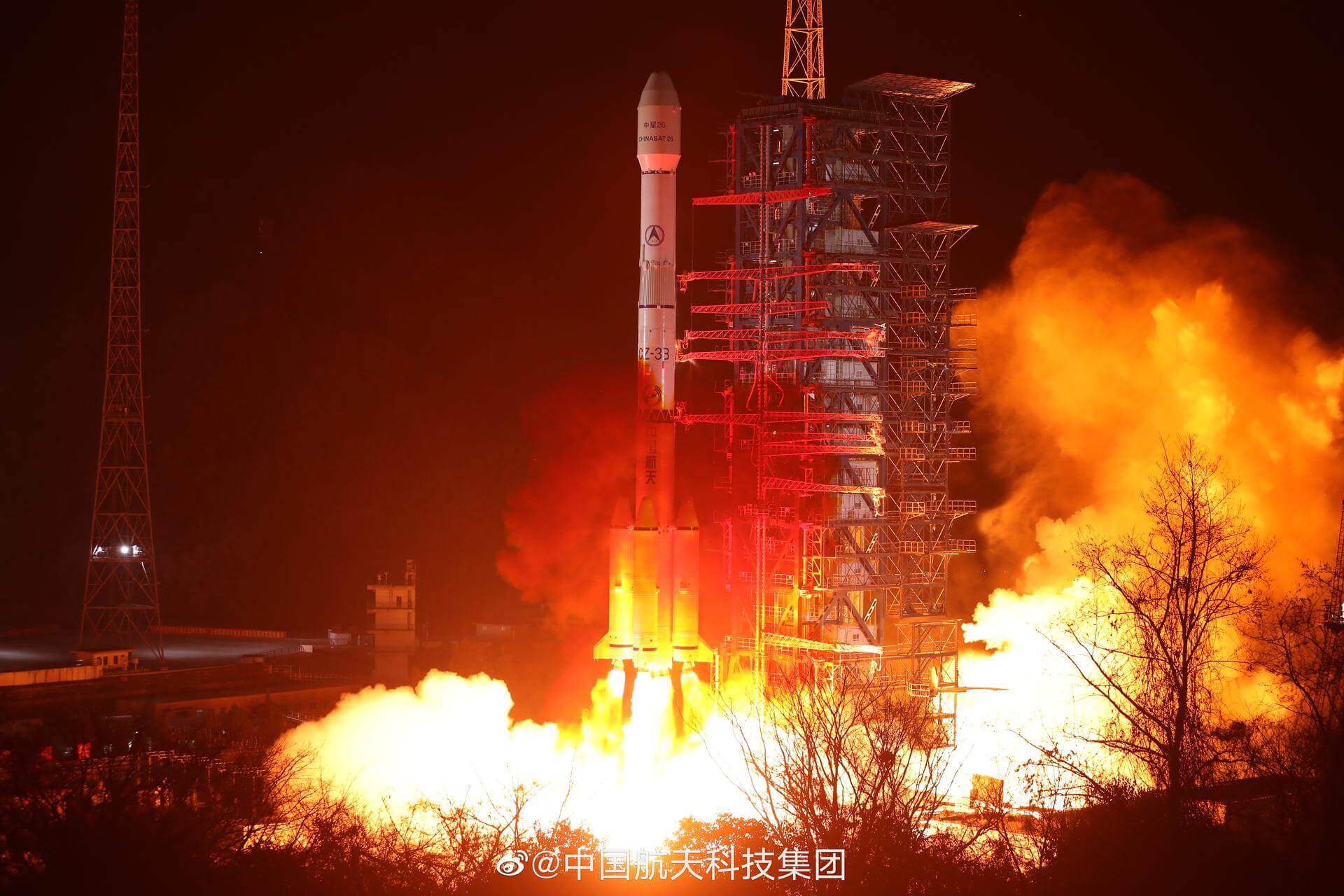
Long March 3B/E | Fengyun-4C
December 31, 2025 at 0:00 UTC
Unknown Pad, Xichang Satellite Launch Center, People's Republic of China
Earth Science
China's geostationary meteorological satellite program FY-4 (Feng Yun 4) is the second generation of chinese geostationary meteorological satellites.

Electron | BlackSky Gen-3 4
December 31, 2025 at 0:00 UTC
Unknown Pad, Rocket Lab Launch Complex 1, Mahia Peninsula, New Zealand
Earth Science
BlackSky Gen-3 Earth-imaging satellites
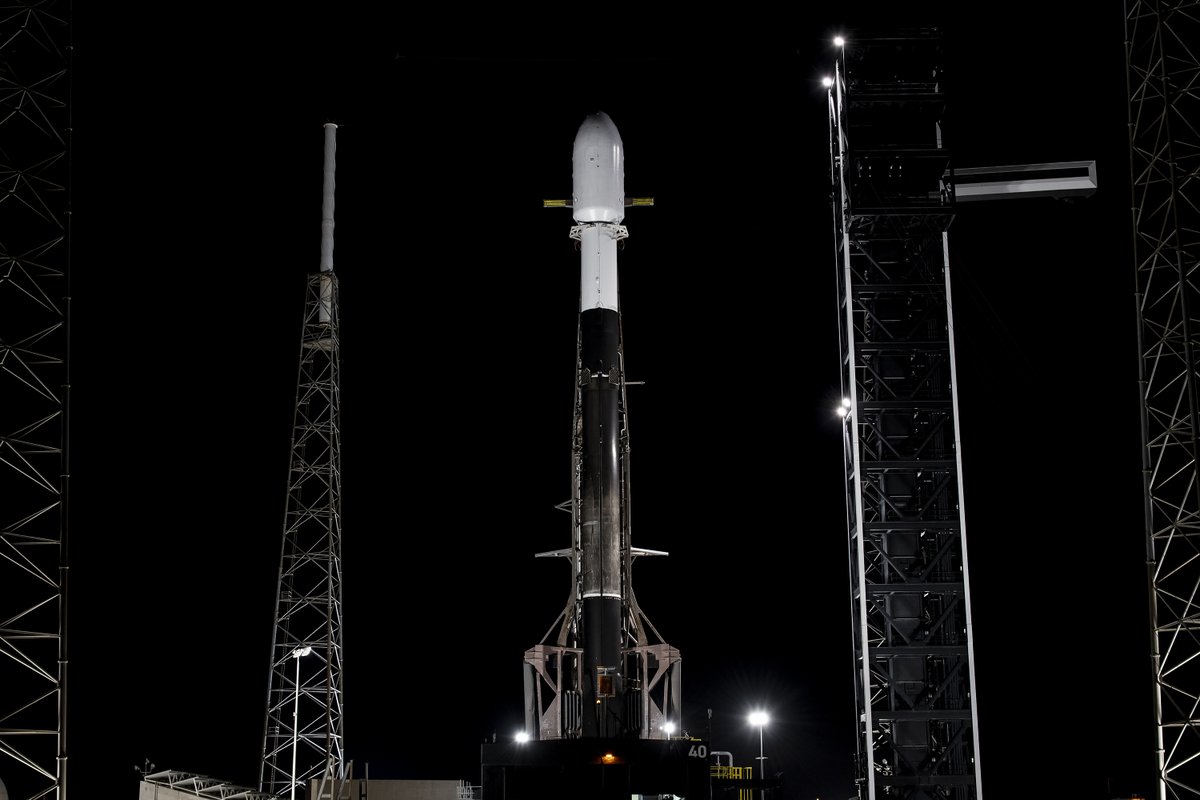
Falcon 9 Block 5 | BlueBird Block 2 #2
December 31, 2025 at 0:00 UTC
Unknown Pad, Cape Canaveral SFS, FL, USA
Communications
AST SpaceMobile’s Block 2 BlueBird satellites are designed to deliver up to 10 times the bandwidth capacity of the BlueBird Block 1 satellites, required to achieve 24/7 continuous cellular broadband service coverage in the United States, with beams designed to support a capacity of up to 40 MHz, enabling peak data transmission speeds up to 120 Mbps, supporting voice, full data and video applications. The Block 2 BlueBirds, featuring as large as 2400 square foot communications arrays, will be the largest satellites ever commercially deployed in Low Earth orbit once launched. This launch will feature 4 satellites.

Falcon 9 Block 5 | 5x Astranis MicroGEO
December 31, 2025 at 0:00 UTC
Unknown Pad, Cape Canaveral SFS, FL, USA
Communications
Five Astranis MicroGEO communications satellite to be inserted in a custom geostationary orbit, from where they conduct on-orbit maneuvers to reach their individual slots. The 5 satellites include: * Apco 1 & Apco 2 (Mexico) * Thaicom-9 (Thailand) * 1x for Orbith (Argentina) * 1x for Orbits Corp (Philippines)

Falcon 9 Block 5 | SDA Tranche 1 Transport Layer E
December 31, 2025 at 0:00 UTC
Space Launch Complex 4E, Vandenberg SFB, CA, USA
Government/Top Secret
Tranche 1 Transport Layer E is one of six missions by the United States Space Force Space Development Agency (SDA) for the Proliferated Warfighter Space Architecture (PWSA) Tranche 1 Transport Layer constellation, which will provide assured, resilient, low-latency military data and connectivity worldwide to the full range of warfighter platforms from Low Earth Orbit satellites. The constellation will be interconnected with Optical Inter-Satellite Links (OISLs) which have significantly increased performance over existing radio frequency crosslinks. It is expected to operate over Ka band, have stereo coverage and be dynamically networked for simpler hand-offs, greater bandwidth and fault tolerance.

Soyuz 2.1a | Obzor-R No.1
December 31, 2025 at 0:00 UTC
Unknown Pad, Plesetsk Cosmodrome, Russian Federation
Earth Science
The Russian Obzor-R satellite is a planned X-band radar earth observation satellite designed by TsSKB-Progress. In 2012, the development of the Arkon-2M radar satellite was stopped and instead the development of the Obzor-R was initiated. The satellite features the BRLK X-band Synthetic Aperture Radar as the imaging instrument with a ground resolution of 500 m.

HASTE | Leidos-4
December 31, 2025 at 0:00 UTC
Rocket Lab Launch Complex 2 (Launch Area 0 C), Wallops Flight Facility, Virginia, USA
Mission details are not available at this time.
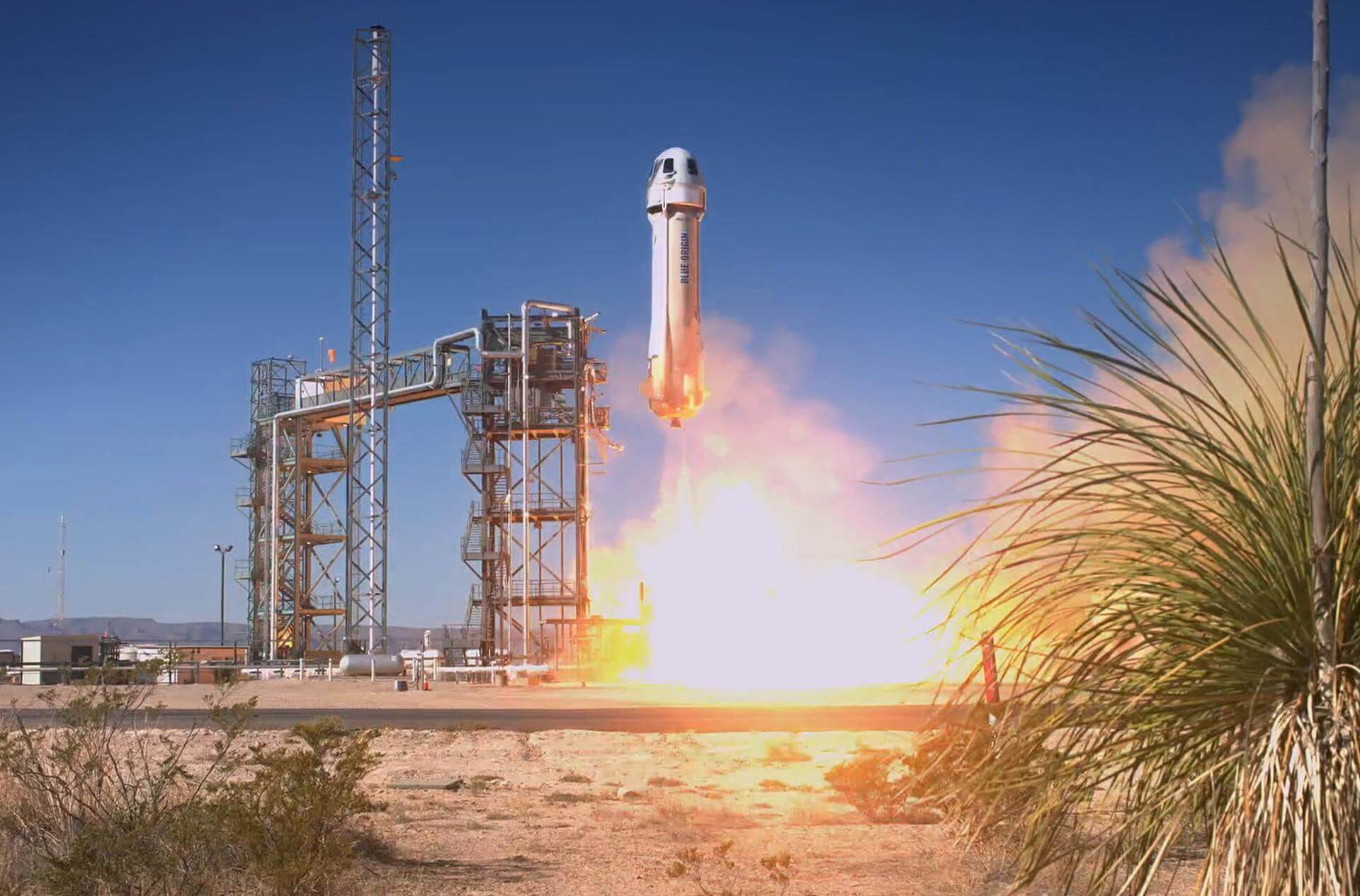
New Shepard | NS-37
December 31, 2025 at 0:00 UTC
West Texas Suborbital Launch Site/ Corn Ranch, Corn Ranch, Van Horn, TX, USA
Tourism
NS-37 is the 16th crewed flight for the New Shepard program and the 37th in the New Shepard program's history.

Falcon 9 Block 5 | CAS500-2 & CAS500-4
December 31, 2025 at 0:00 UTC
Space Launch Complex 4E, Vandenberg SFB, CA, USA
Earth Science
CAS500-2 is the second of two similar South Korean Earth observation satellites. These spacecraft feature the AEISS-C imaging system with a ground resolution of 0.5 m in panchromatic mode and 2 m in color mode. CAS500-4 is a wide area Earth-observation satellite with a wide-area electro-optical camera (swath width of 120 km and resolution of 5 m) to be mainly used by the Rural Development Administration and the Korea Forest Service for observing crops, agricultural water resources and forest resources.

Unknown | ViaSat-3 F3 (ViaSat-3 Asia-Pacific)
December 31, 2025 at 0:00 UTC
Unknown Pad, Cape Canaveral SFS, FL, USA
Communications
The ViaSat-3 is a series of three Ka-band satellites is expected to provide vastly superior capabilities in terms of service speed and flexibility for a satellite platform. Each ViaSat-3 class satellite is expected to deliver more than 1-Terabit per second of network capacity, and to leverage high levels of flexibility to dynamically direct capacity to where customers are located.

H3-22 | Michibiki 5 (QZS-5)
December 31, 2025 at 0:00 UTC
Yoshinobu Launch Complex LP-2, Tanegashima Space Center, Japan
Navigation
QZSS (Quasi Zenith Satellite System) is a Japanese satellite navigation system operating from inclined, elliptical geosynchronous orbits to achieve optimal high-elevation visibility in urban canyons and mountainous areas. The navigation system objective is to broadcast GPS-interoperable and augmentation signals as well as original Japanese (QZSS) signals from a three-spacecraft constellation. The navigation system objective is to broadcast GPS-interoperable and augmentation signals as well as original Japanese (QZSS) signals from a three-spacecraft constellation in inclined, elliptical geosynchronous orbits.

Electron | STP-S30
December 31, 2025 at 0:00 UTC
Rocket Lab Launch Complex 2 (Launch Area 0 C), Wallops Flight Facility, Virginia, USA
Technology
STP-S30 is a complex mission that will deliver research experiments and technology demonstrations to orbit for the DoD and contribute to future space systems development. The projected primary payload, DISKSat, will demonstrate sustained very low earth orbit (VLEO) flight and test a unique, 1-meter diameter, disk-shaped satellite bus that is designed to increase on-orbit persistence.